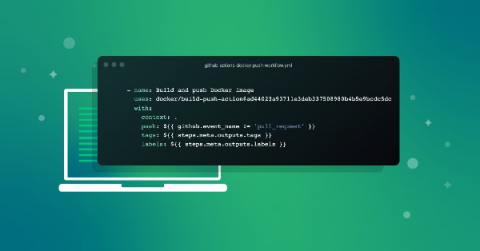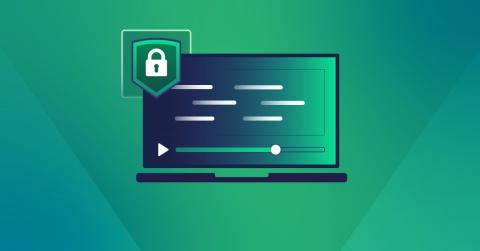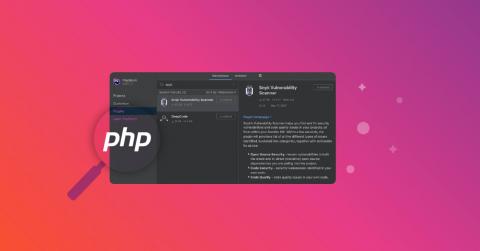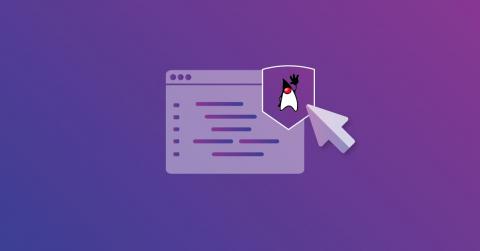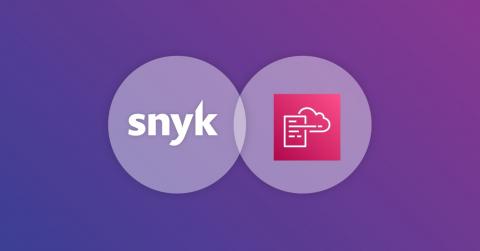Tips for hardening your container image security strategy
In the first part of this blog series, we looked at security best practices for the base images which you might be using. But what happens to container image security when we add other things to it? Perhaps we’re installing additional software from upstream, and we’ve got custom applications of our own which might have their own dependencies also being installed.



